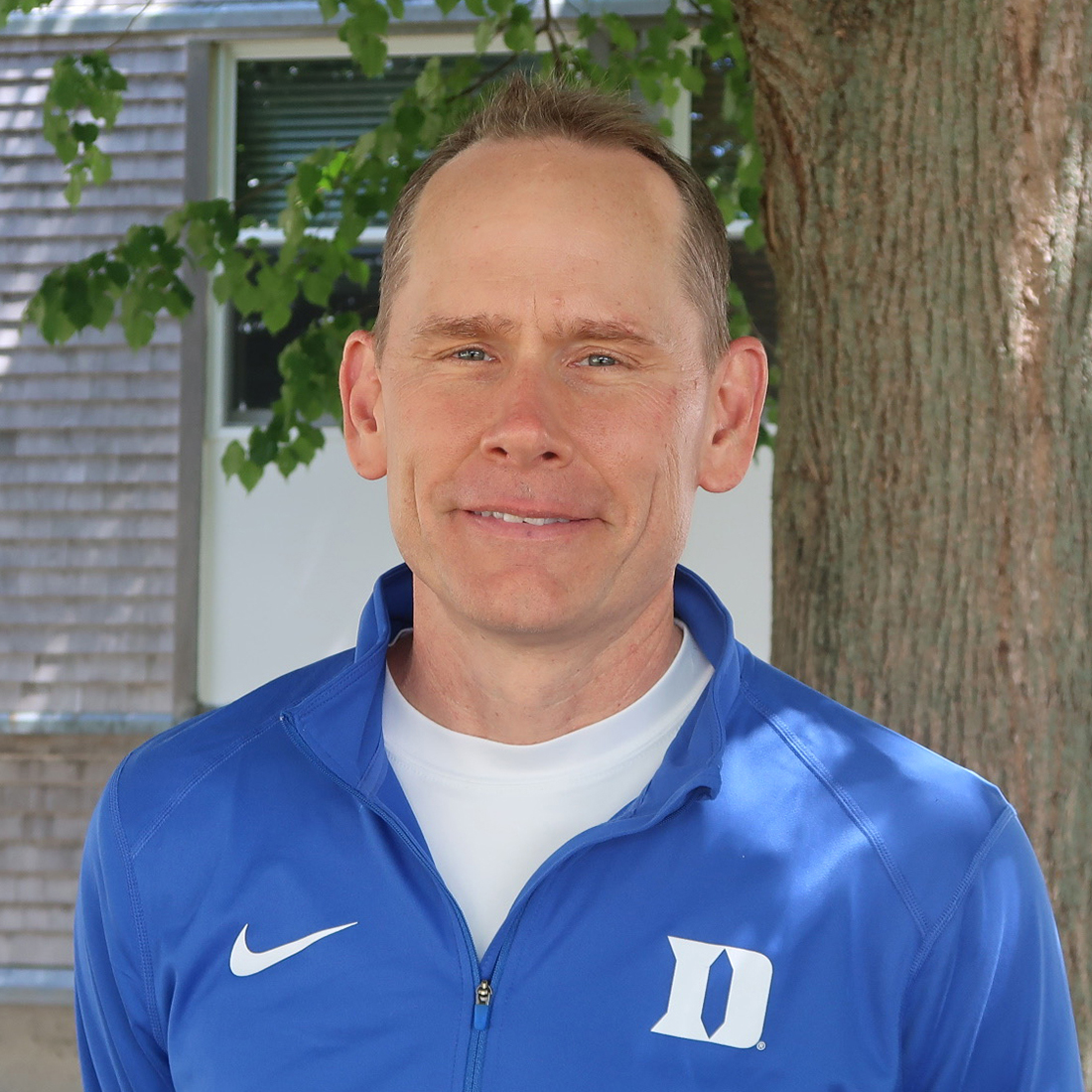David R. Sherwood, Ph.D.

- Title
- Jerry G. and Patricia Crawford Hubbard Professor and Associate Chair of Biology
- Department
- Department of Biology
- Institution
- Duke University
- Address
-
French Family Science Center
Room #4244 - City, State, ZIP
- Durham, NC 27708
- Phone
- 919-641-9838
- [email protected]
- Website
- https://sites.duke.edu/sherwoodlab

- Research field
- Cell biology, developmental biology
- Award year
- 2007
- Pew distinction
- Innovation Fund investigator
Research
Basement membranes are thin, dense, sheetlike extracellular matrices that underlie all epithelia and surround most tissues. Composed of more than 100 proteins, basement membranes are supramolecular assemblies that have tissue-specific compositions tailored to regulate many cell and tissue functions, including mechanical support, tissue shaping, filtration, cell polarity, cell migration, and cell differentiation. My lab has tagged all basement membrane proteins endogenously with genetically encoded fluorophores in C. elegans, and we our pioneering studies revealing many fascinating aspects of basement membrane biology, such as how basement membranes expand on growing tissues, how they are breached during cell invasion, how basement membranes age, how they attach together to connect neighboring tissues, and how signaling and regulatory proteins rapidly diffuse within the plane of basement membranes to regulate dynamic tissue properties.
As an Innovation Fund investigator, David R. Sherwood, Ph.D., is teaming with Kenneth D. Poss, Ph.D., to investigate the coordinated signaling events that take place during tissue regeneration. The Poss lab is a pioneer in the use of zebrafish to study vertebrate tissue regeneration and has recently discovered that a series of trigger waves of signal activity from Erk—a downstream component of many growth factors—moves across tissues to coordinate the regeneration of zebrafish scales. How the signal is propagated—and particularly whether the basement membrane, an extracellular scaffold that surrounds tissues, can help facilitate the unidirectional movement of signals—is unexplored. The Sherwood lab is a leader in basement membrane biology and live imaging using Caenorhabditis elegans as a model system and has recently discovered that signaling proteins move rapidly along basement membrane scaffoldings. Combining its research expertise, the team will use gene-editing technology to generate novel tools to visualize the movement of key signaling proteins along basement membranes and monitor the dynamic process of regeneration in zebrafish tissues in real time. This study will provide important insights into how key signals are coordinated in large cell populations during tissue repair and inspire new research directions in the areas of regenerative biology and medicine.
Scholar Keywords
2007 Search Pew Scholars
- Gro V. Amdam, Ph.D.
- Kristin K. Baldwin, Ph.D.
- Robert H. Blelloch, M.D., Ph.D.
- Hinrich Boeger, Ph.D.
- Edward B. Brown, Ph.D.
- Ananda W. Goldrath, Ph.D.
- Ekaterina Heldwein, Ph.D.
- Deborah T. Hung, M.D., Ph.D.
- Bart Krekelberg, Ph.D.
- Michelle Krogsgaard, Ph.D.
- Joanna Masel, D.Phil.
- Craig A. Micchelli, Ph.D.
- Peter J. Mohler, Ph.D.
- Daniela Nicastro, Ph.D.
- Julie K. Pfeiffer, Ph.D.
- Michael P. Rape, Ph.D.
- Thomas U. Schwartz, Ph.D.
- David R. Sherwood, Ph.D.
- Francis I. Valiyaveetil, Ph.D.
- X.Z. Shawn Xu, Ph.D.
